This week sees the official opening in the Netherlands of the world’s first road that converts sunlight into electricity.
The 100-metre stretch in Krommenie, along the provincial road N203, contains solar panels under 1-cm-thick tempered glass.Â
The consortium behind the pilot, SolaRoad, will test the road for three years, and hopes that solar power from roads could eventually be used for street lighting, traffic systems, electric cars and even households.
The idea of paving roads with tough solar panels has gained some traction in the US, as well, where a husband-and-wife team of inventors recently crowdsourced $2.2m to commercialise their concept.
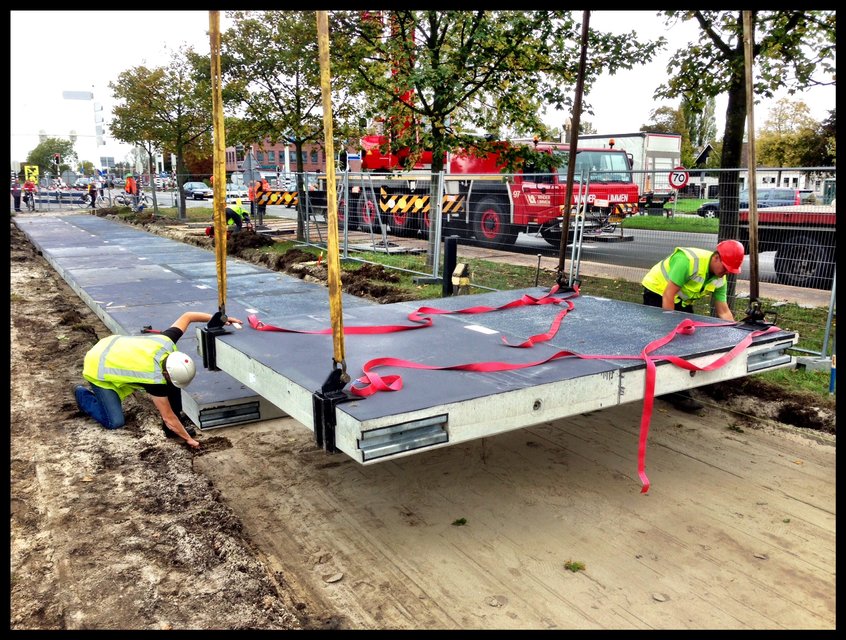
The surface consists of concrete modules measuring 2.5m by 3.5m, with solar cells embedded in half the width, so that only one way of the road generates power (SolaRoad)
The SolaRoad will be officially opened on Wednesday, 12 November, by the Netherlands’ economics affairs minister, Henk Kamp.
The tests will explore how the road behaves in practice, how much energy it produces and what it is like to cycle on.
The surface consists of concrete modules measuring 2.5m by 3.5m, with solar cells embedded in half the width, so that only one way of the road generates power.
Before being laid last month, the road was tested in the laboratory to ensure that it fulfilled safety requirements for road surfaces.
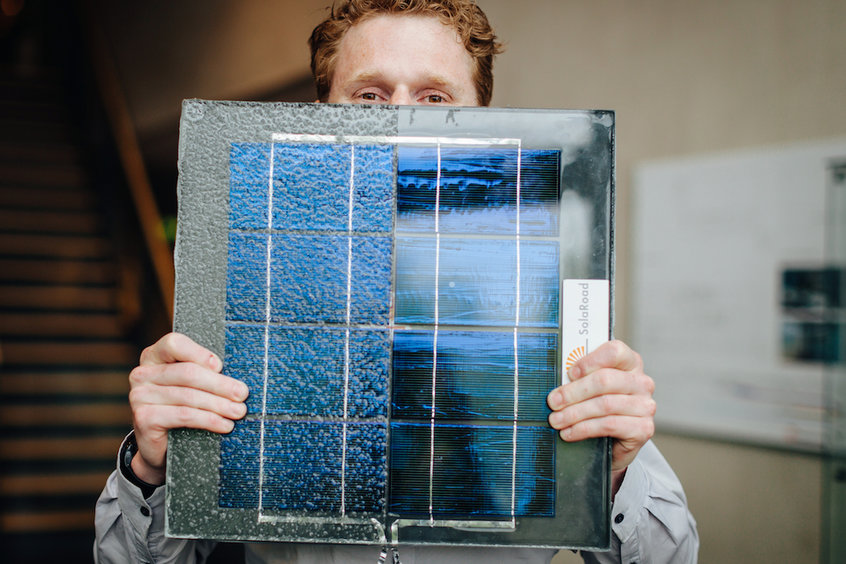
Before being laid last month, the road was tested in the laboratory to ensure that it fulfilled safety requirements for road surfaces (SolaRoad)
SolaRoad has been in development since 2009 by TNO (the Netherlands Organisation for Applied Scientific Research), with the Province of North-Holland, construction firm Ooms Civiel, and Imtech Traffic & Infra.
According to SolaRoad, one of the main technical challenges was creating tempered glass that worked as a road surface while repelling dirt to stay as translucent as possible.
More info here.
Comments
Comments are closed.


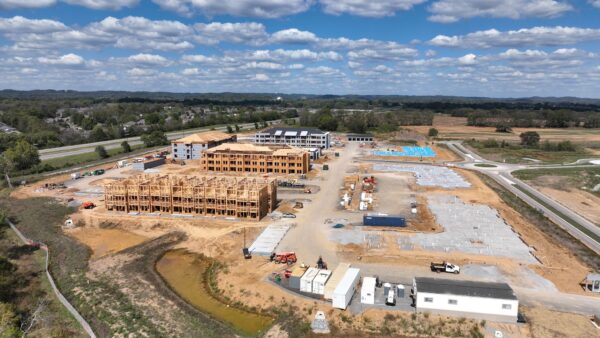
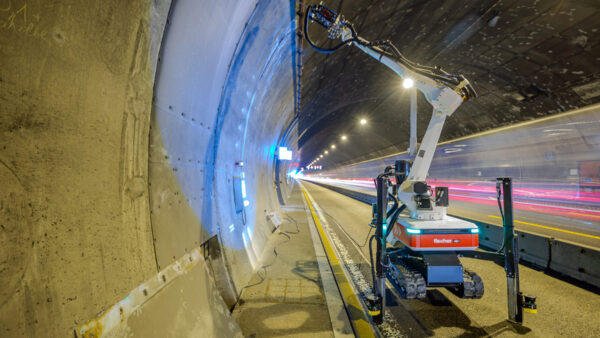
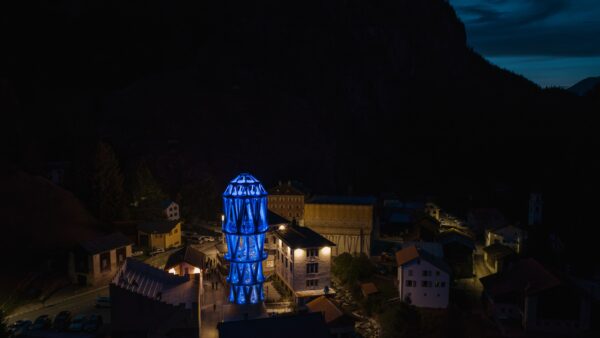
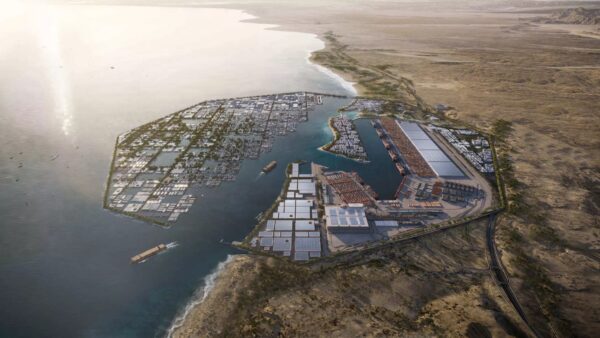

Very intriguing idea–costly, but hopefully a glimpse into the future.
Fantastic idea, how does the costing hold up.
The hard paved idea would be economically viable only in densely populated areas, working basically as a ground source heat pump. Surely it would make a lot more sense to extract the kinetic energy from having large numbers of vehicles trundling along such roads as well?